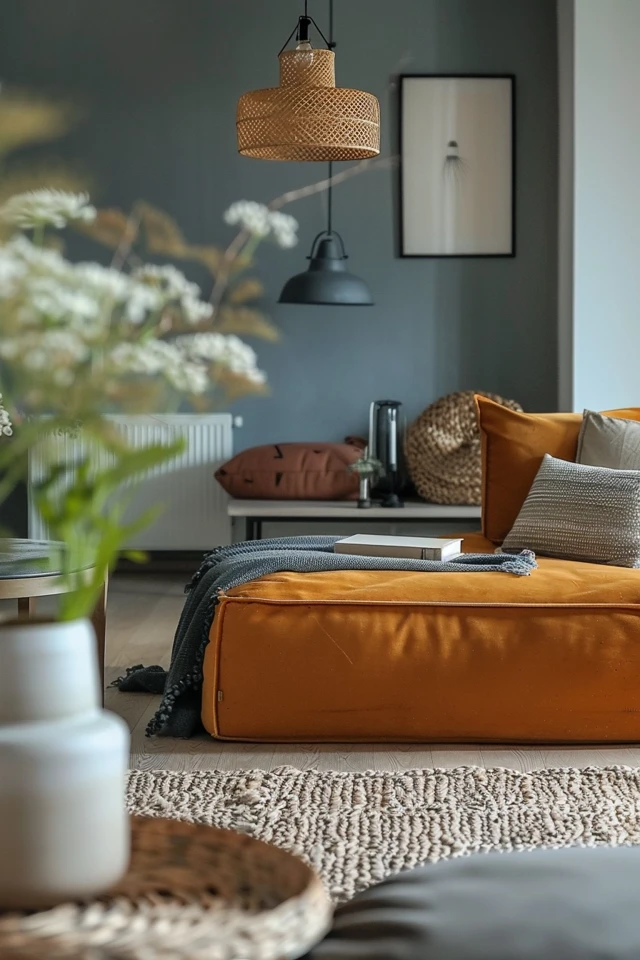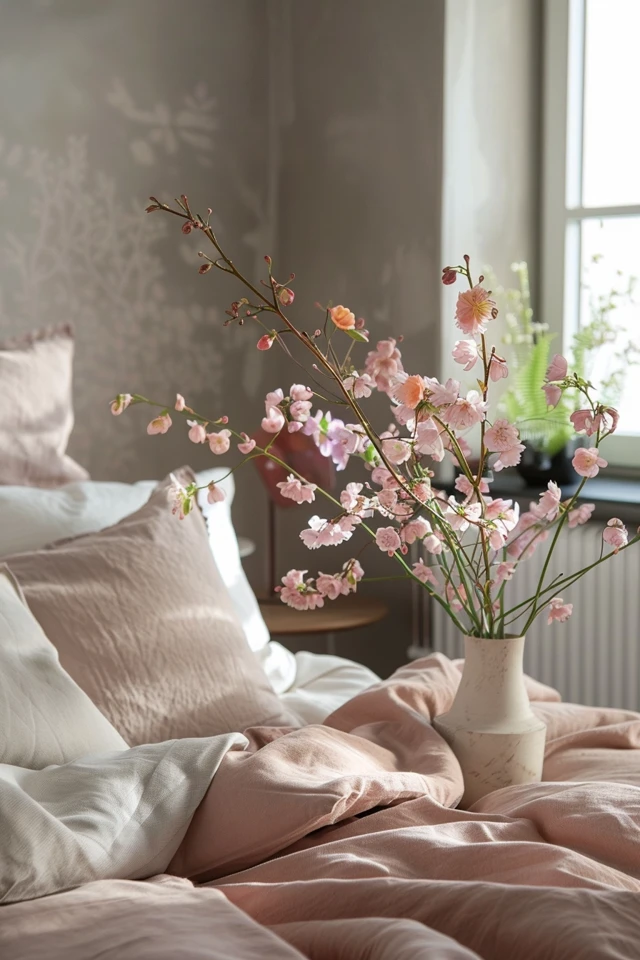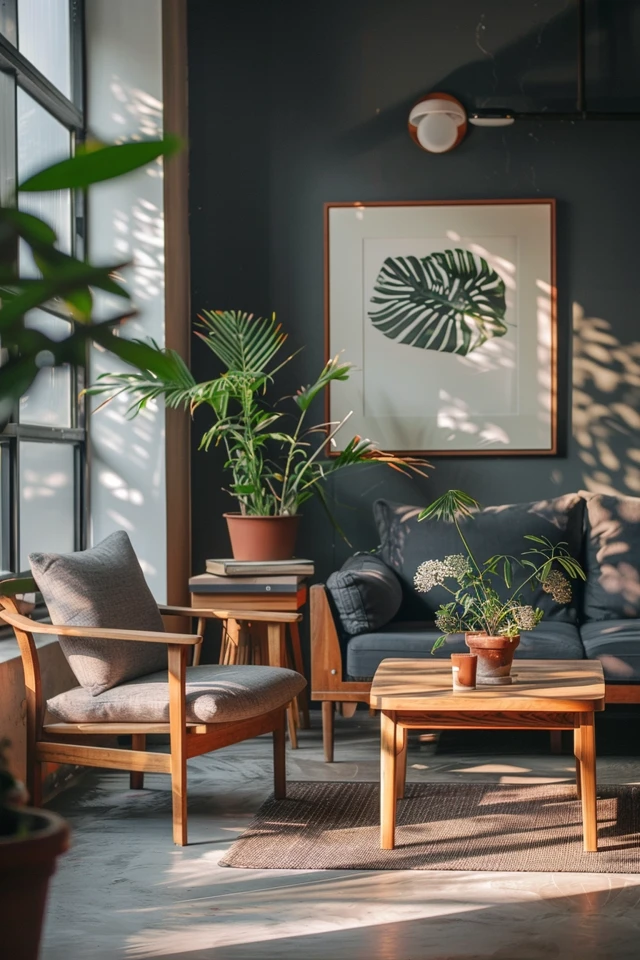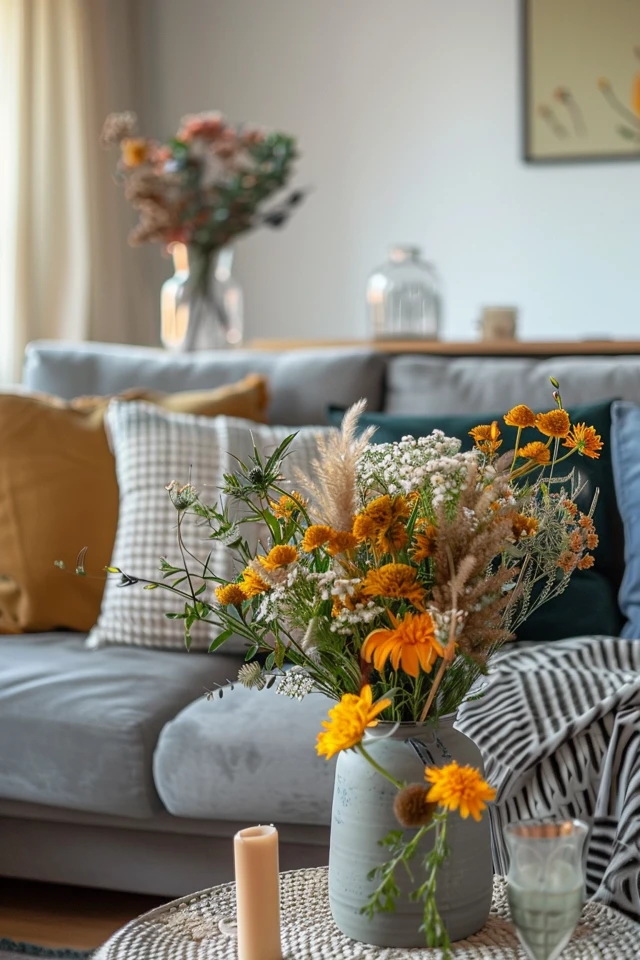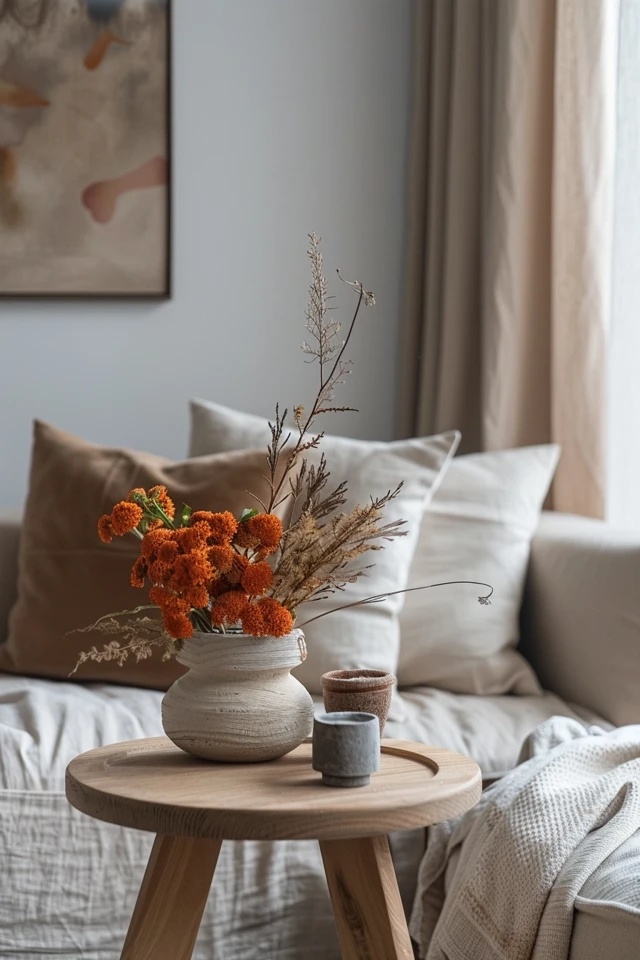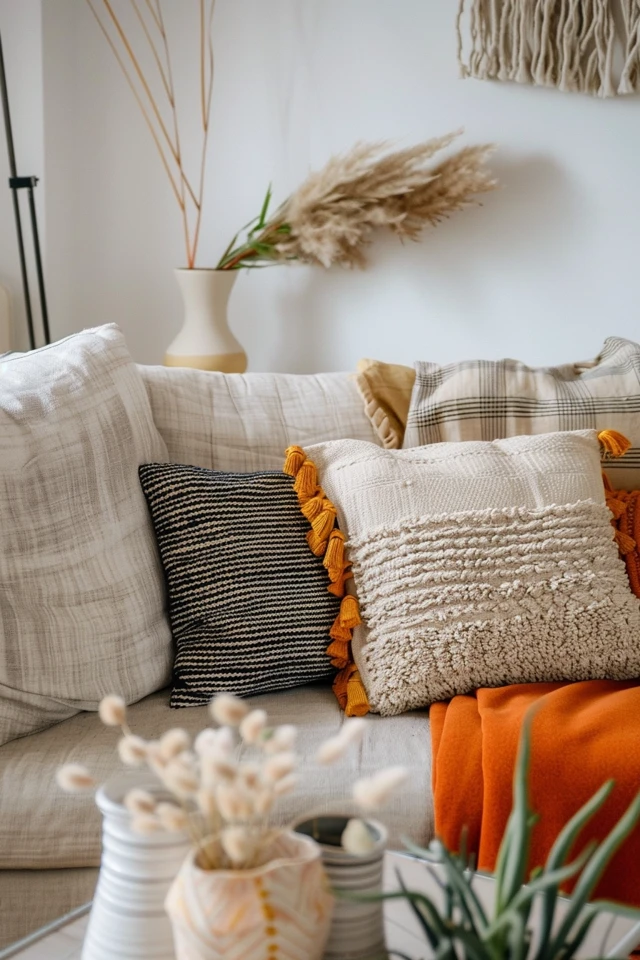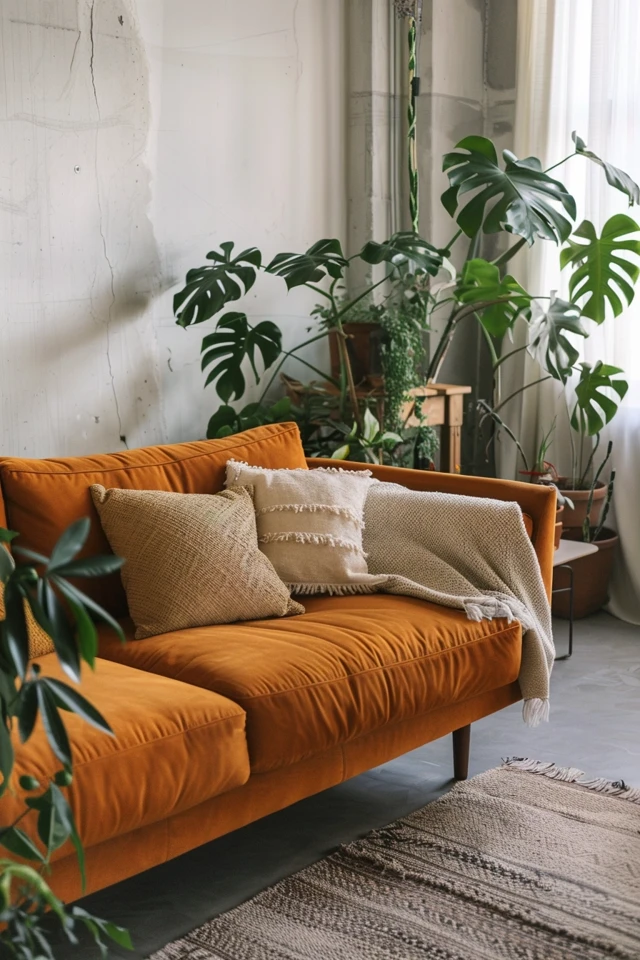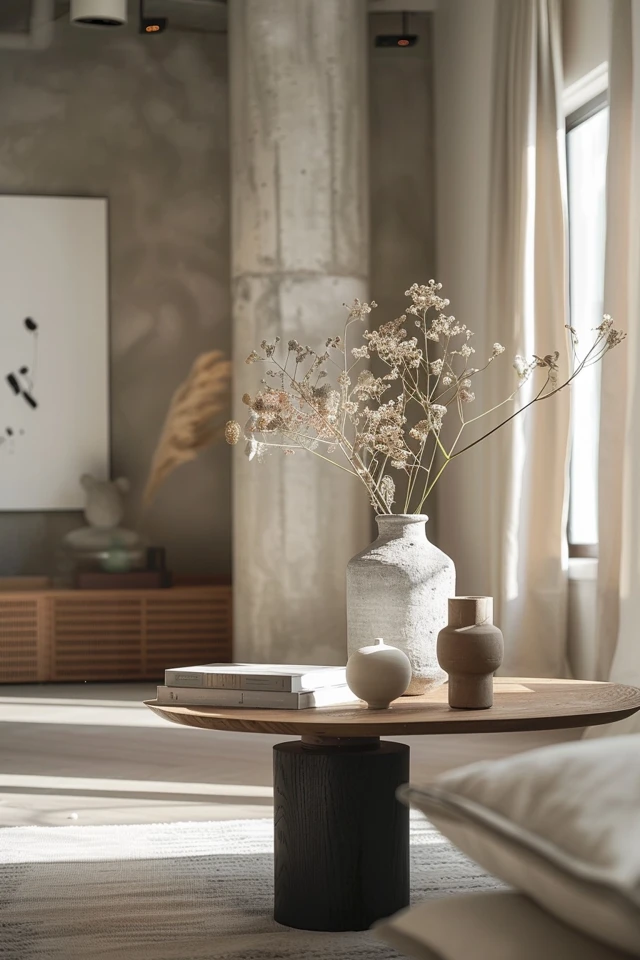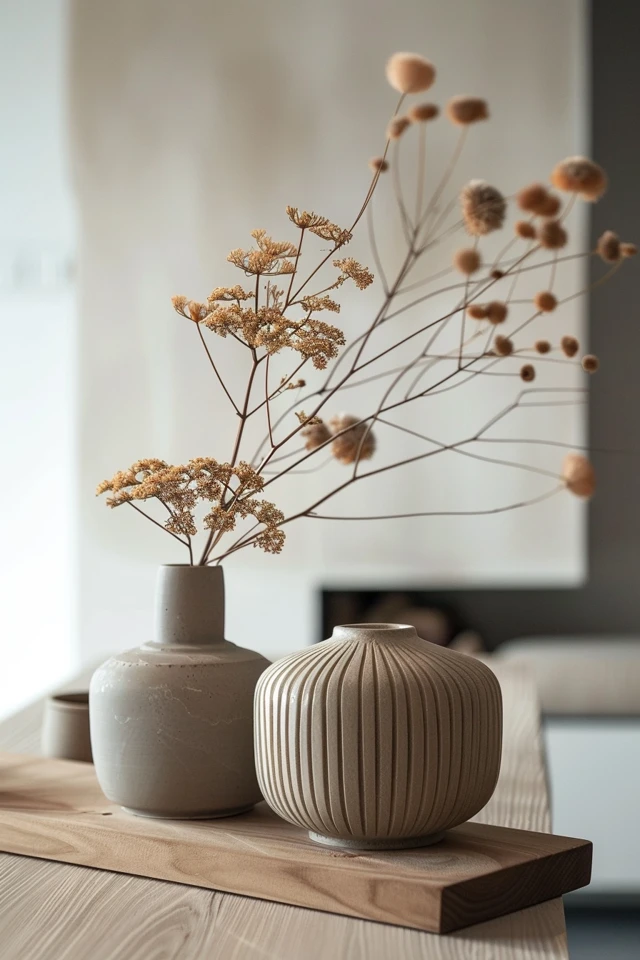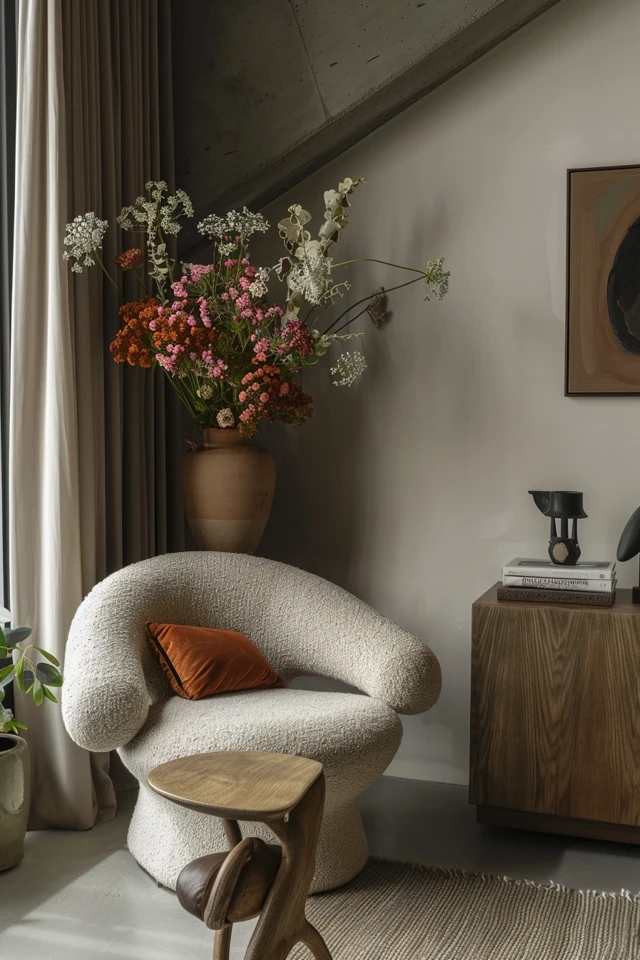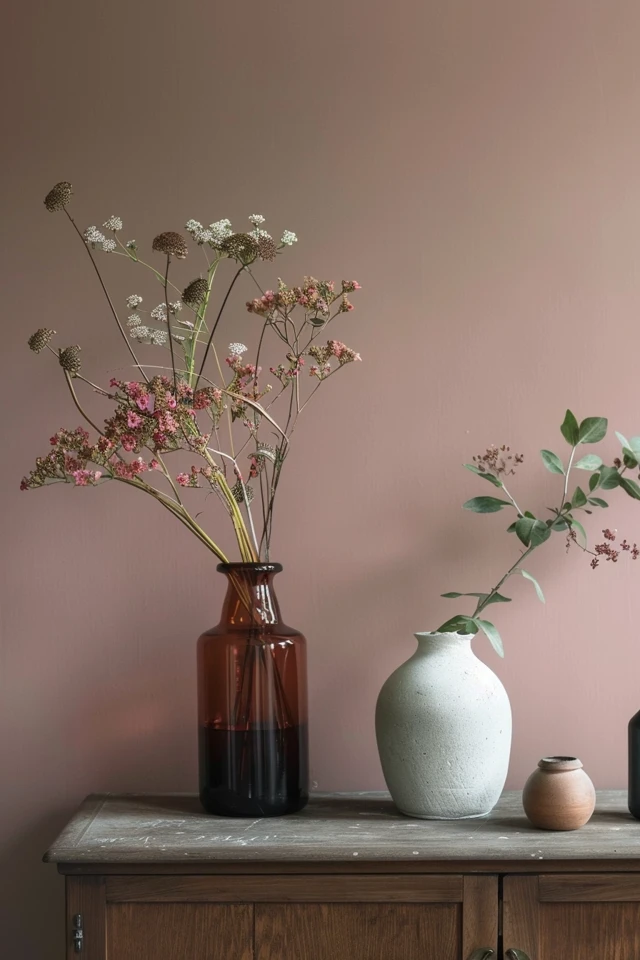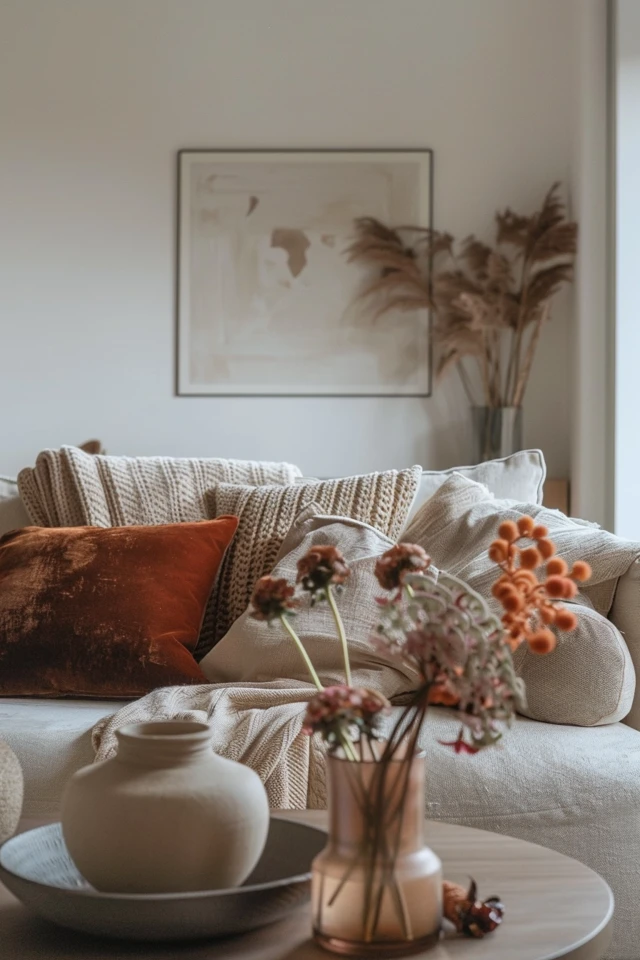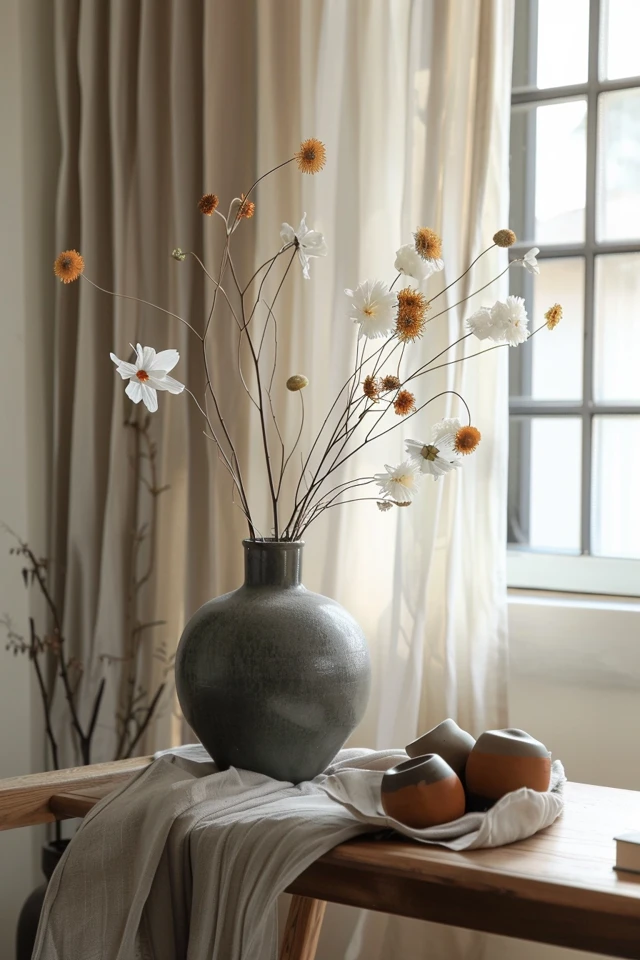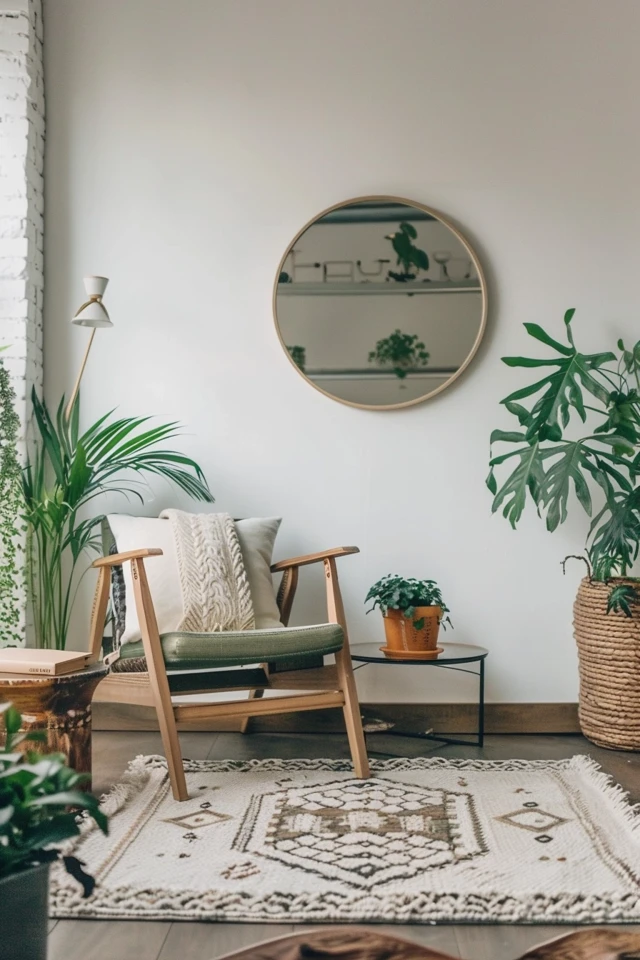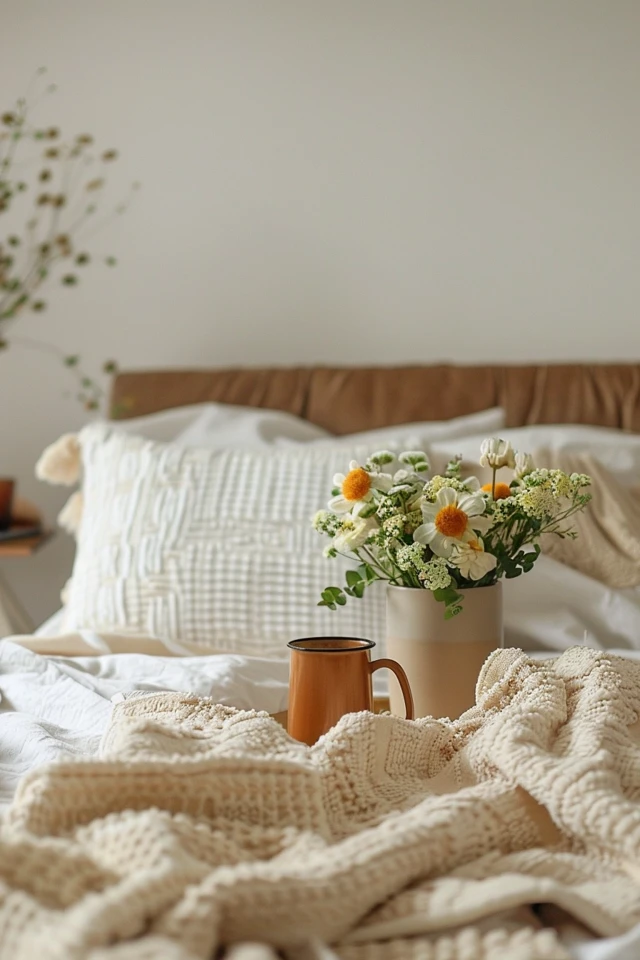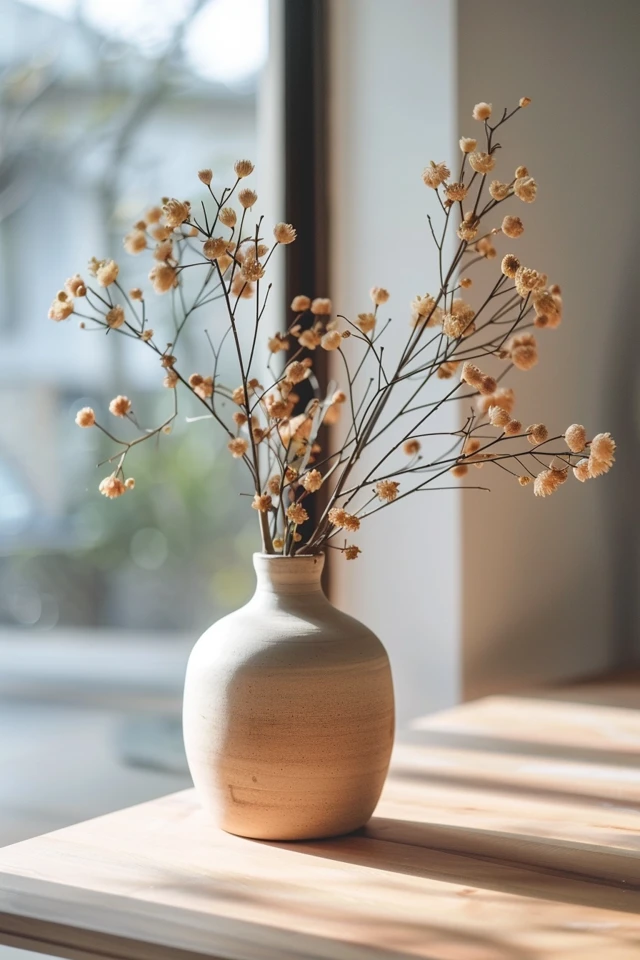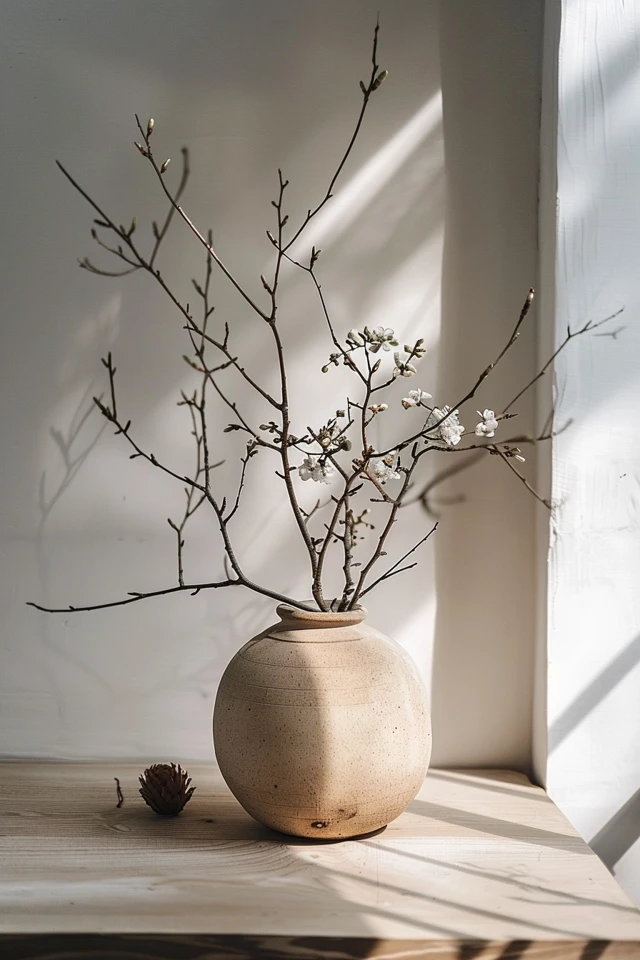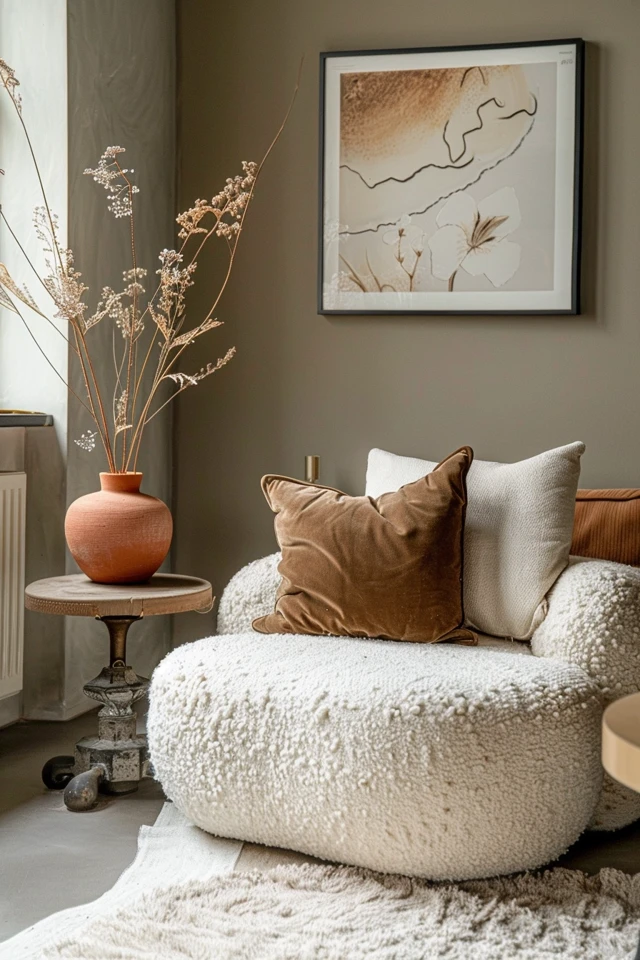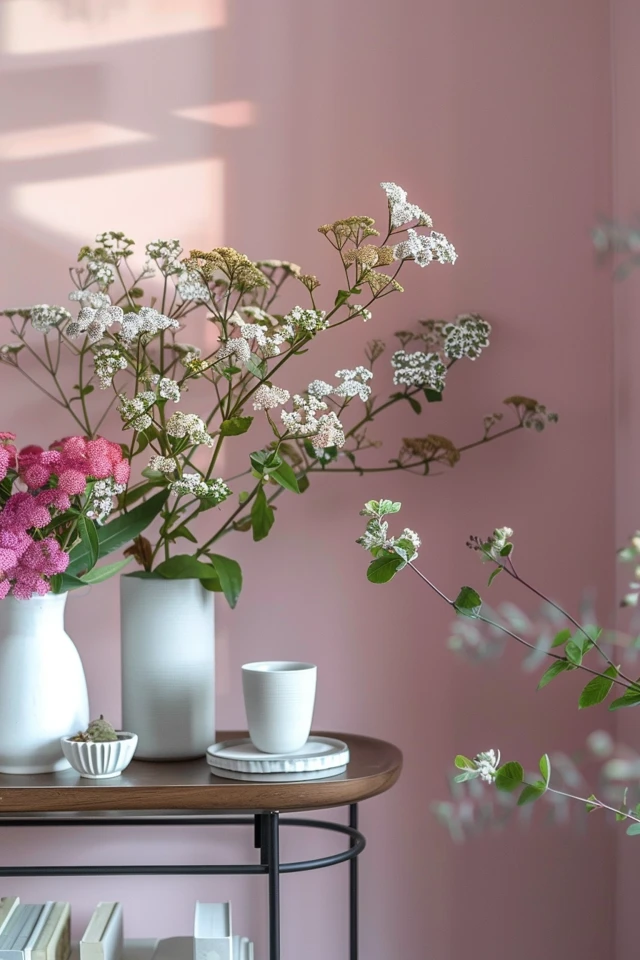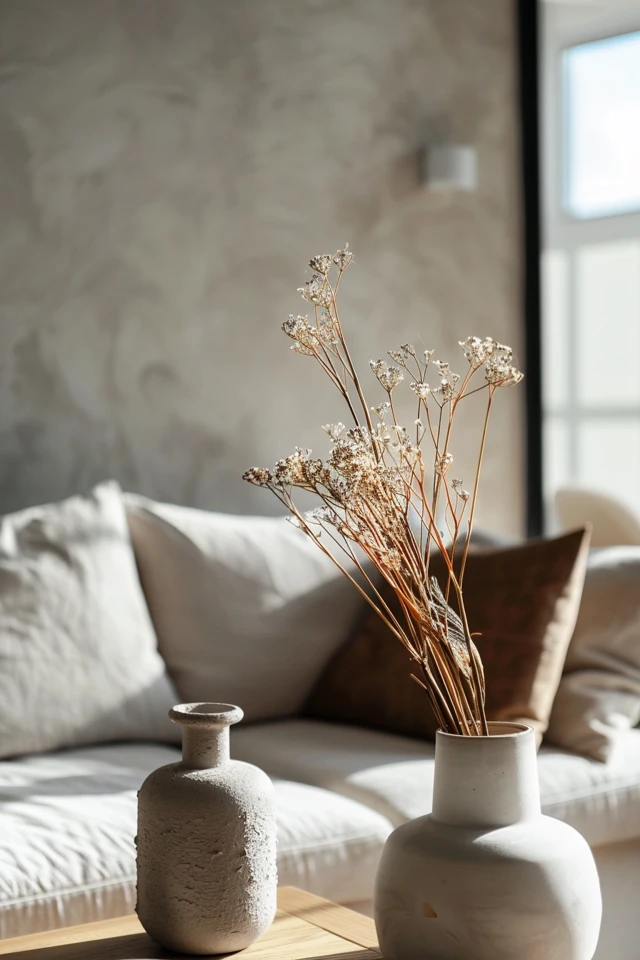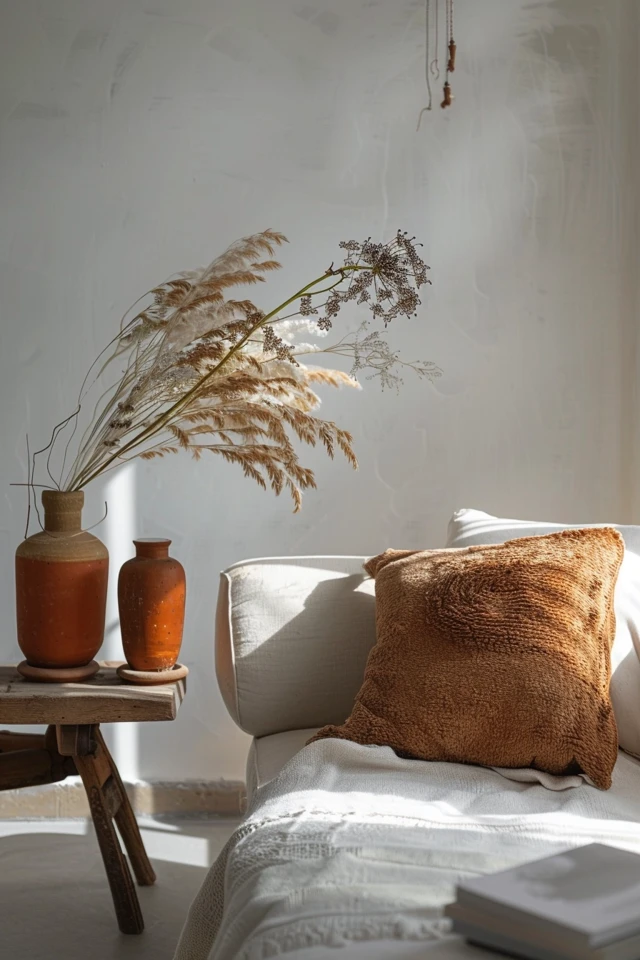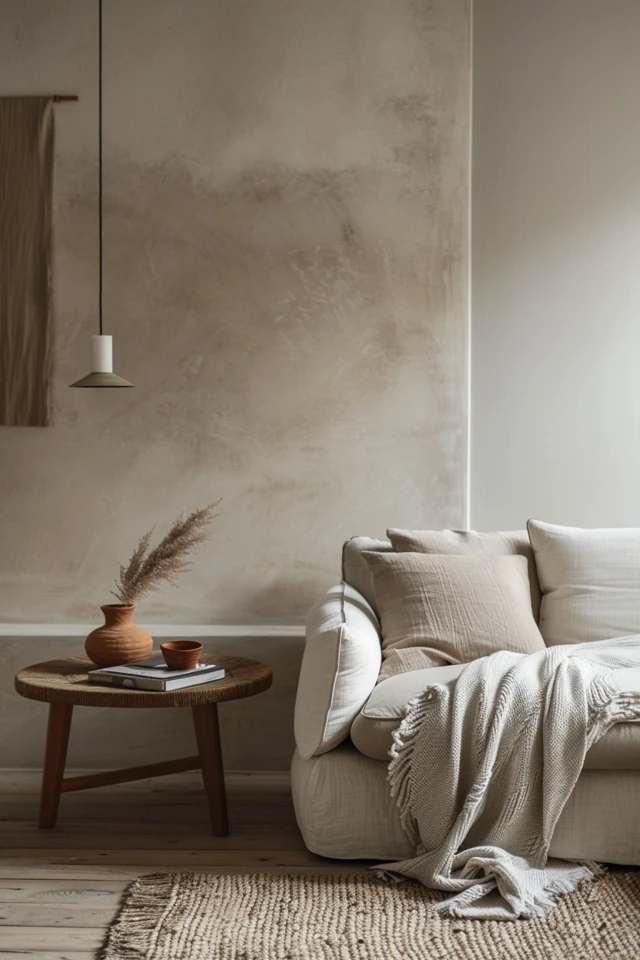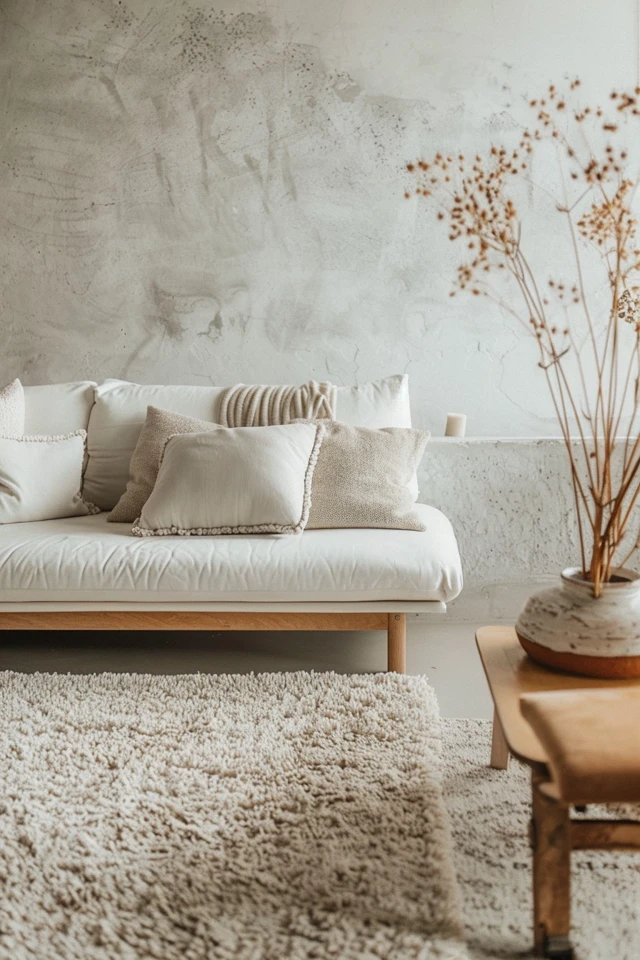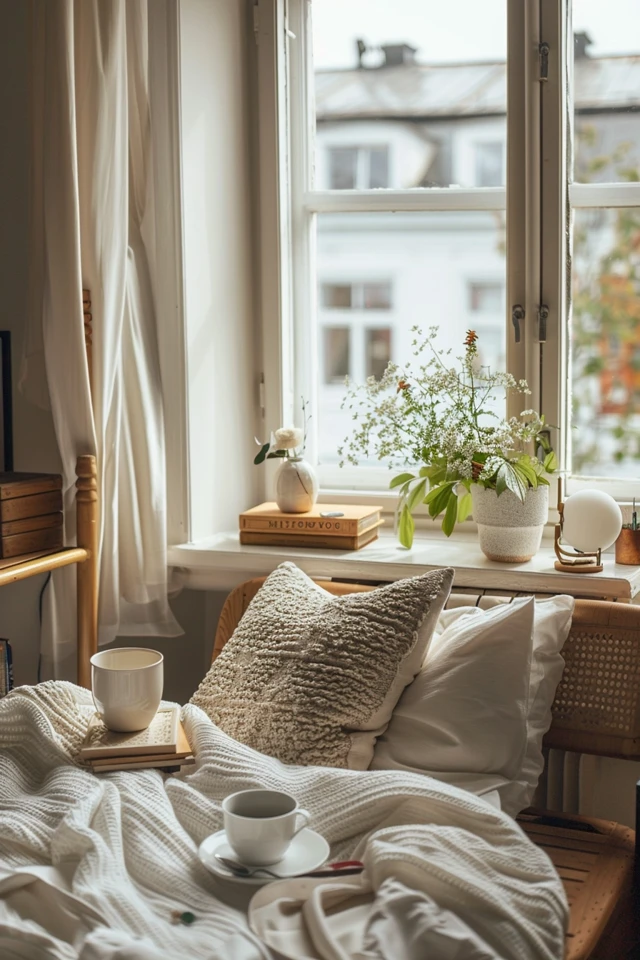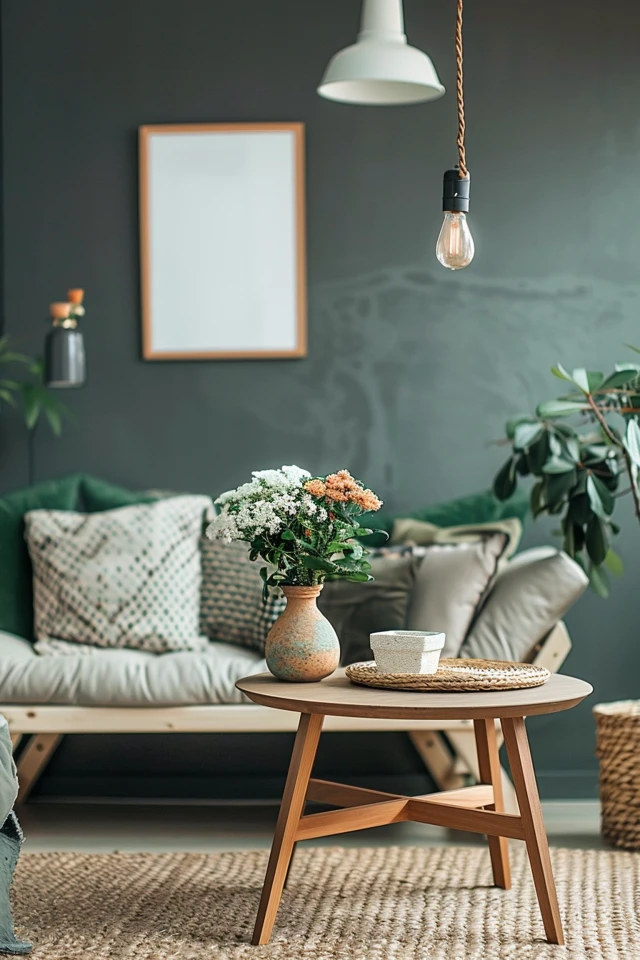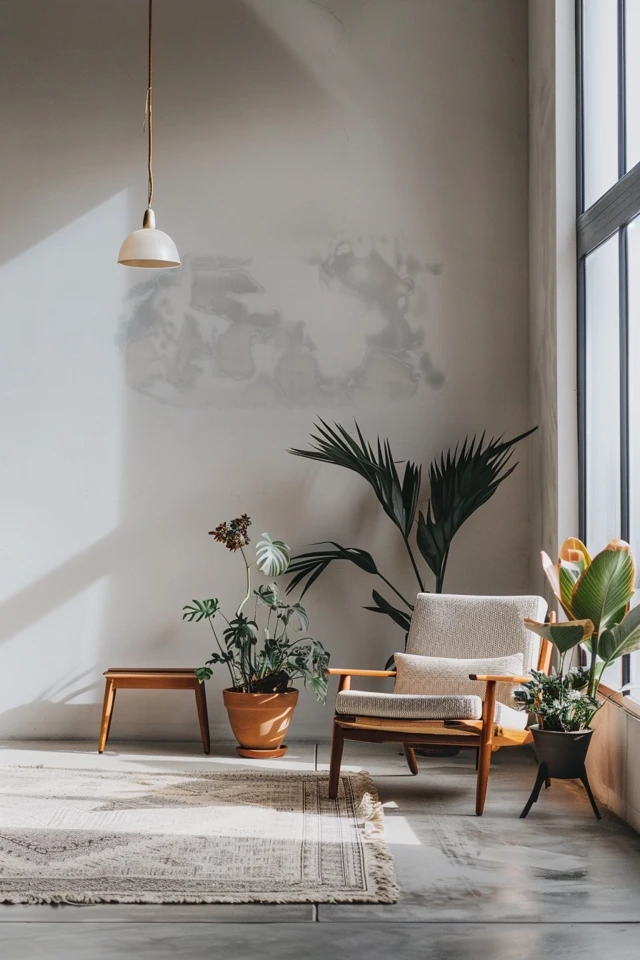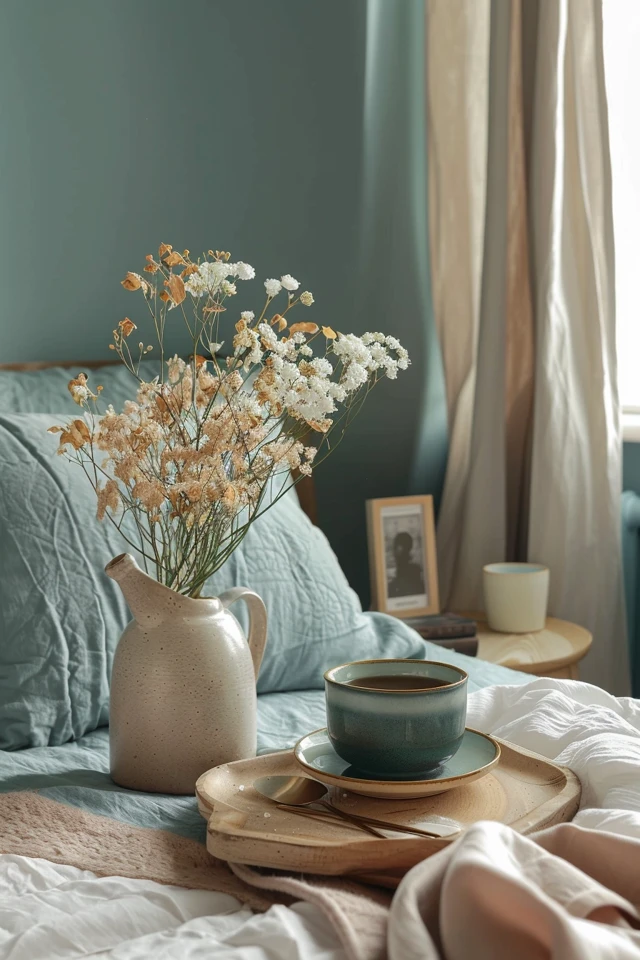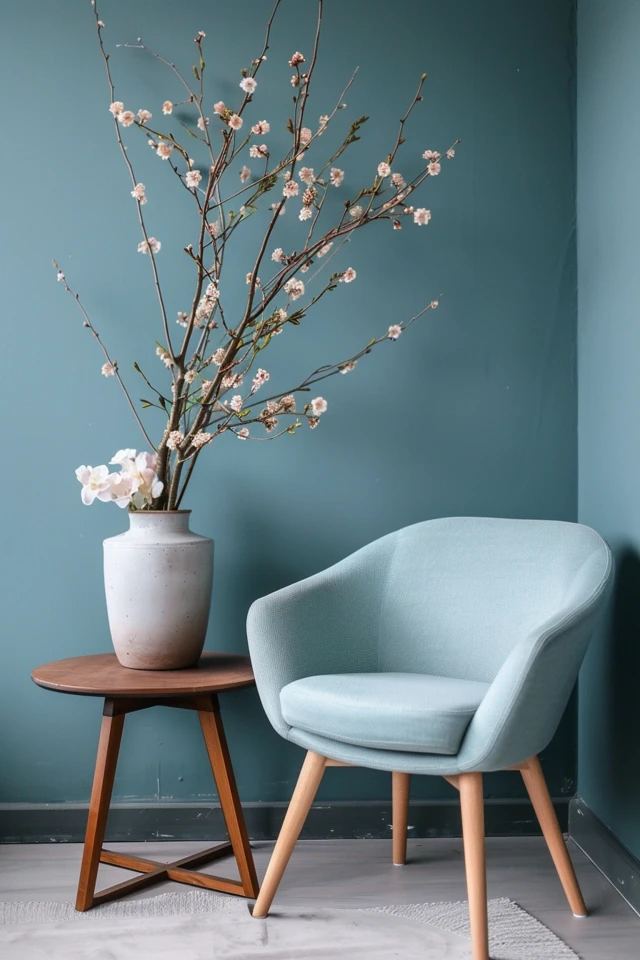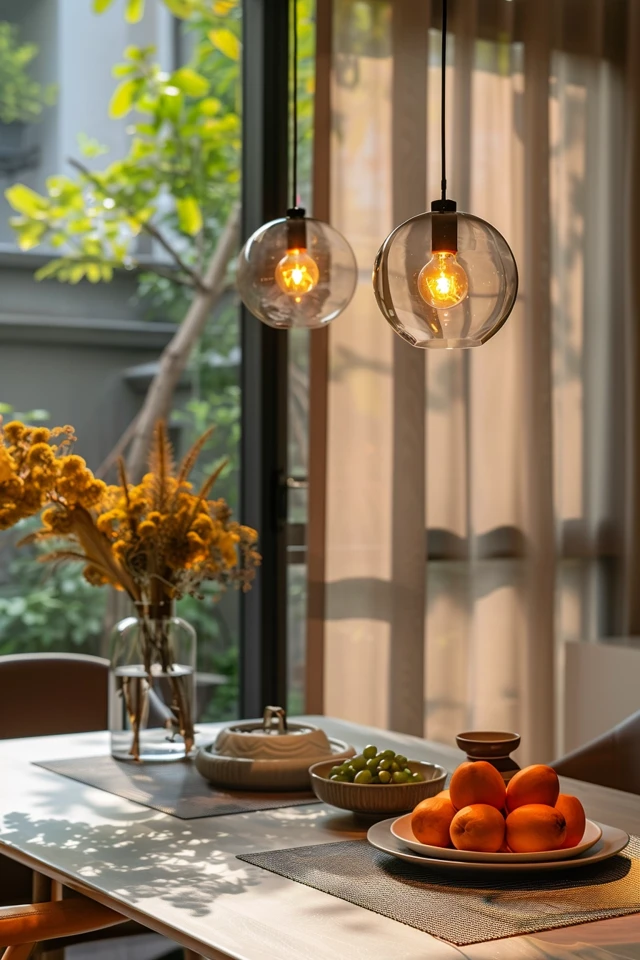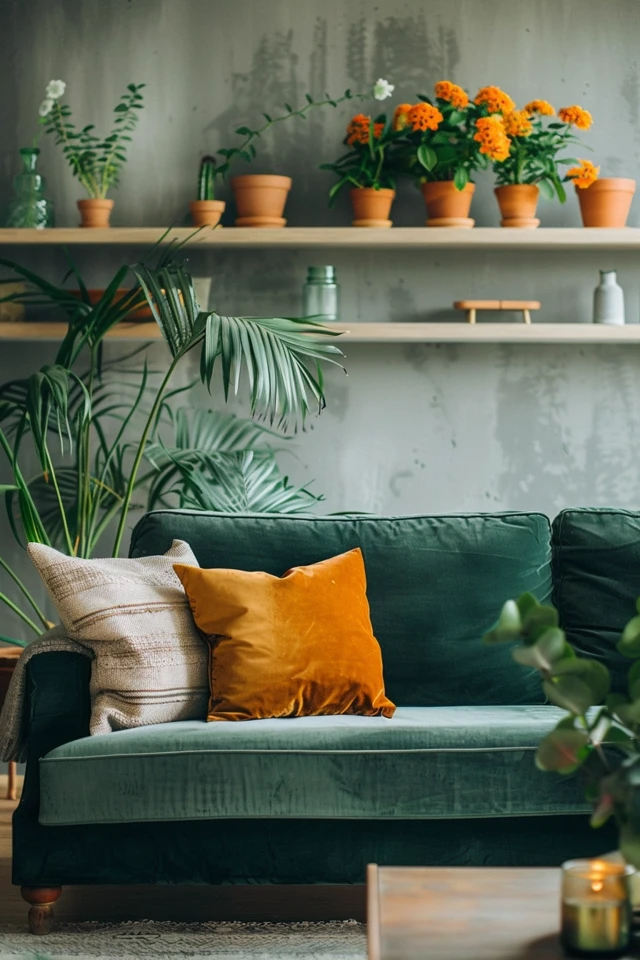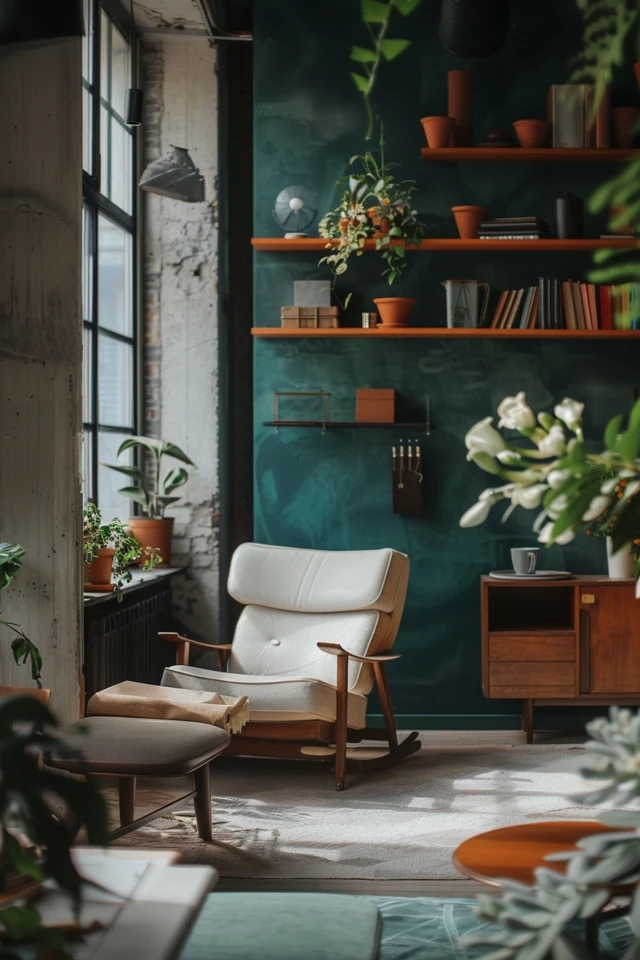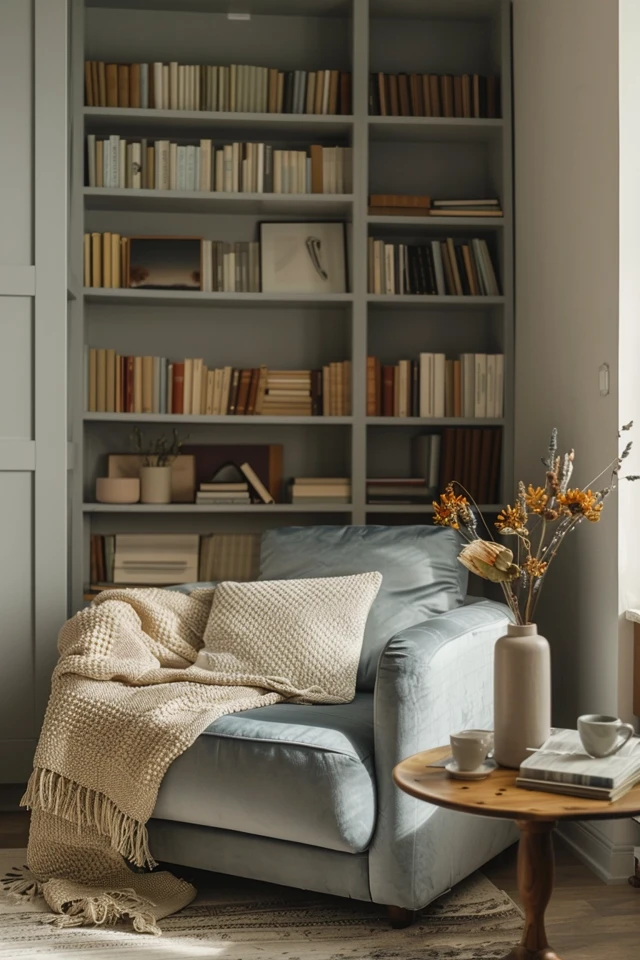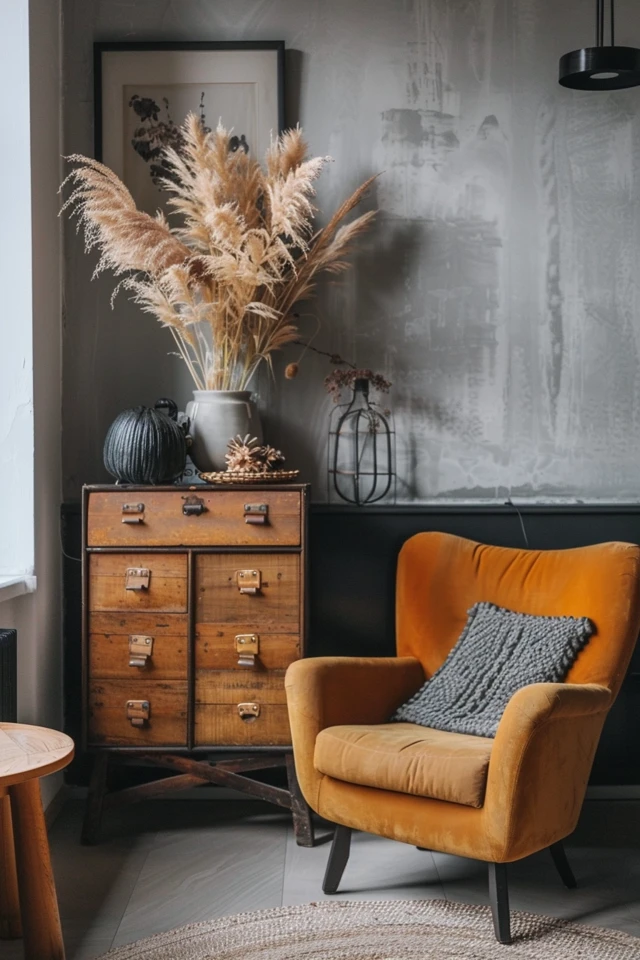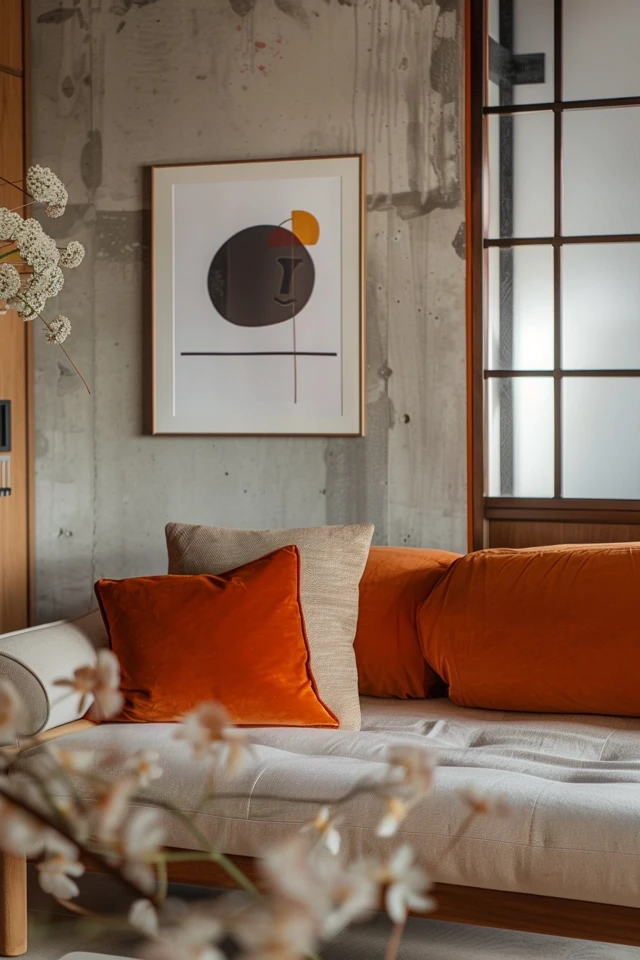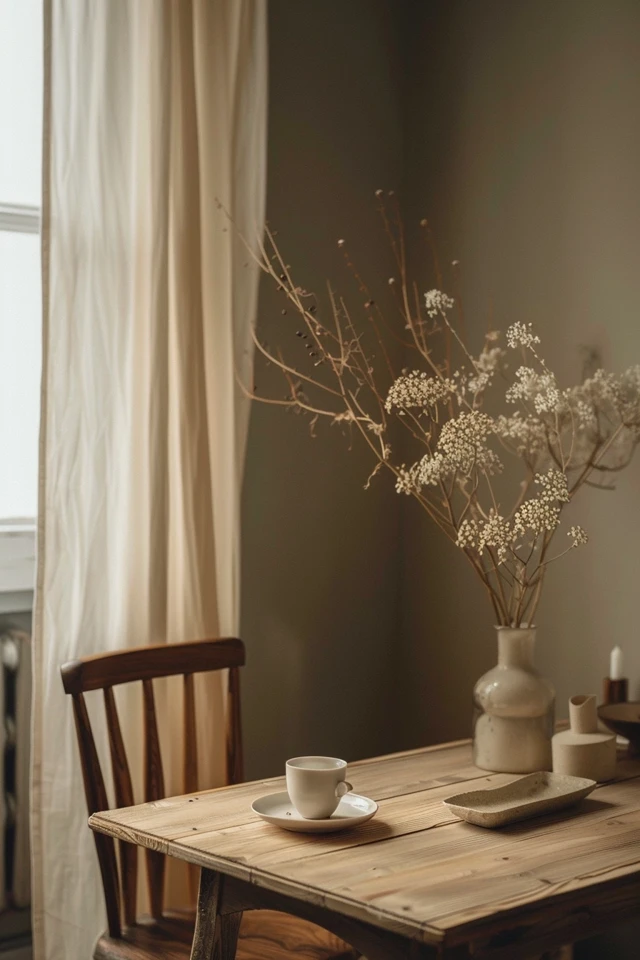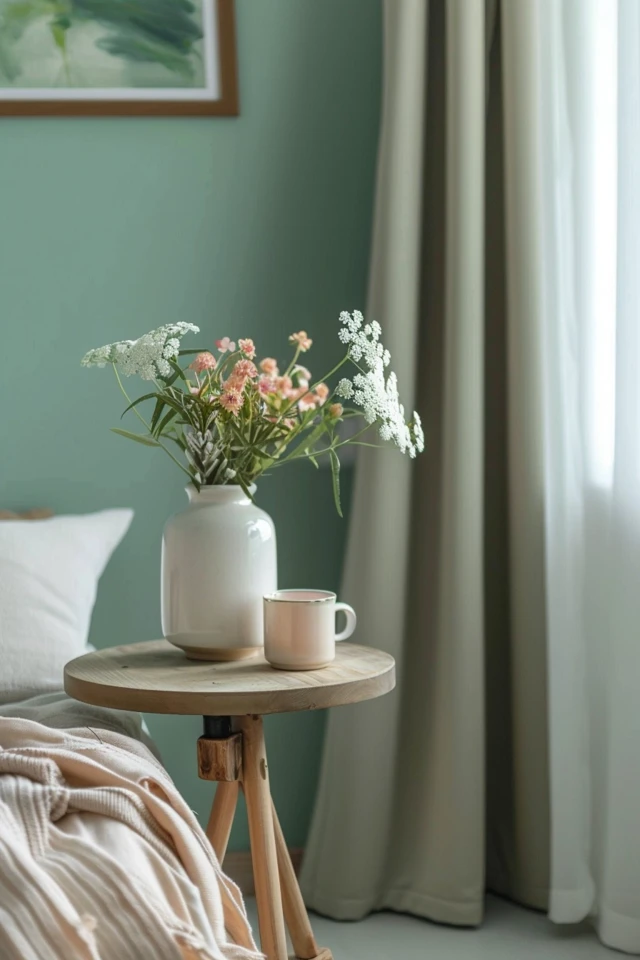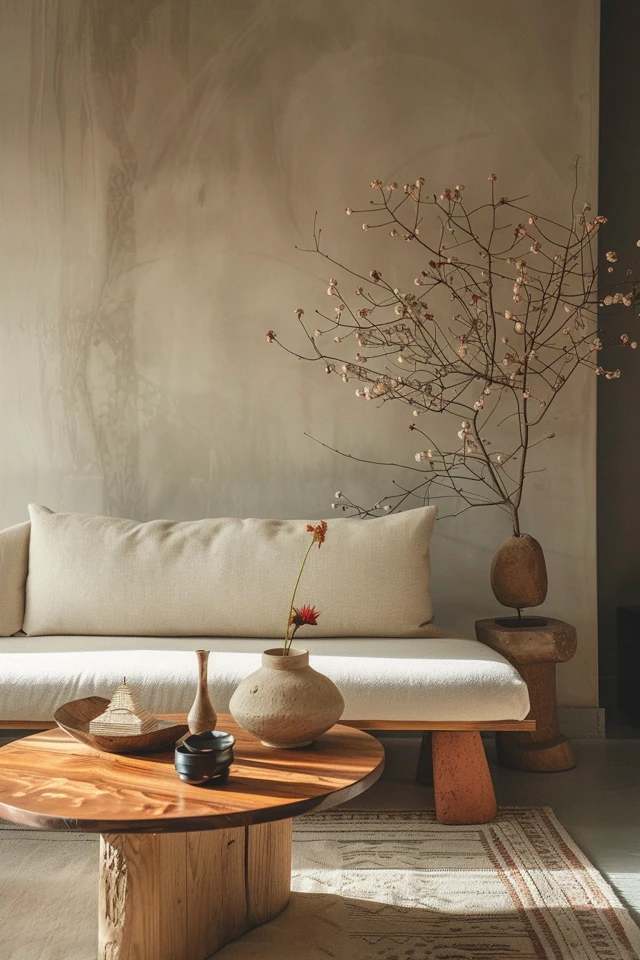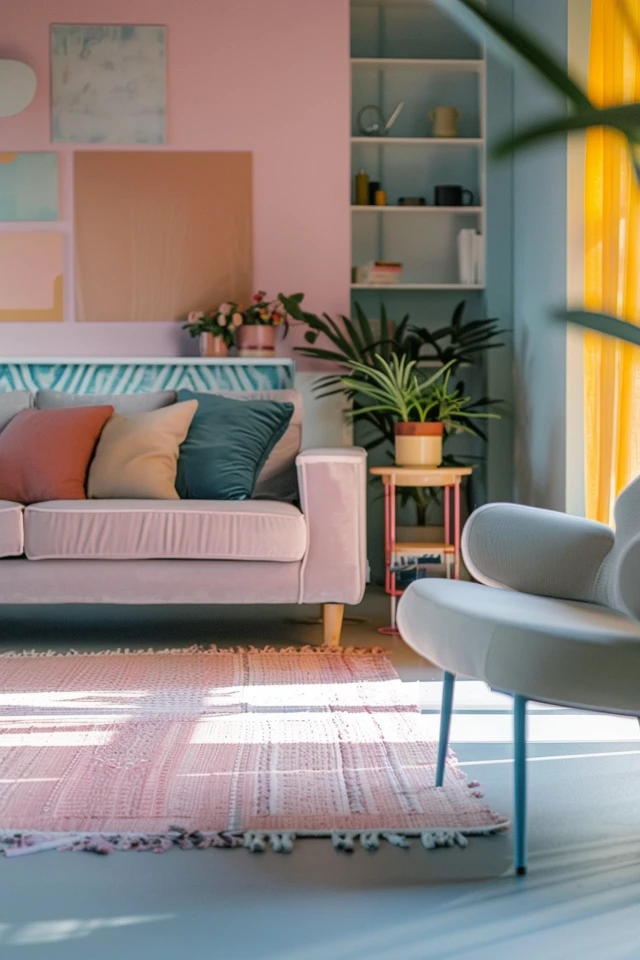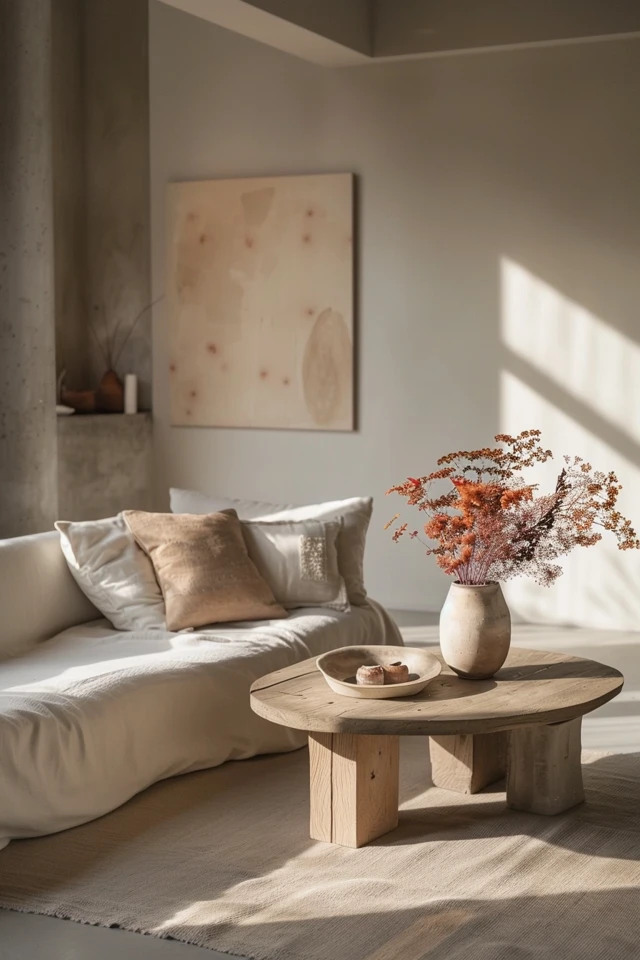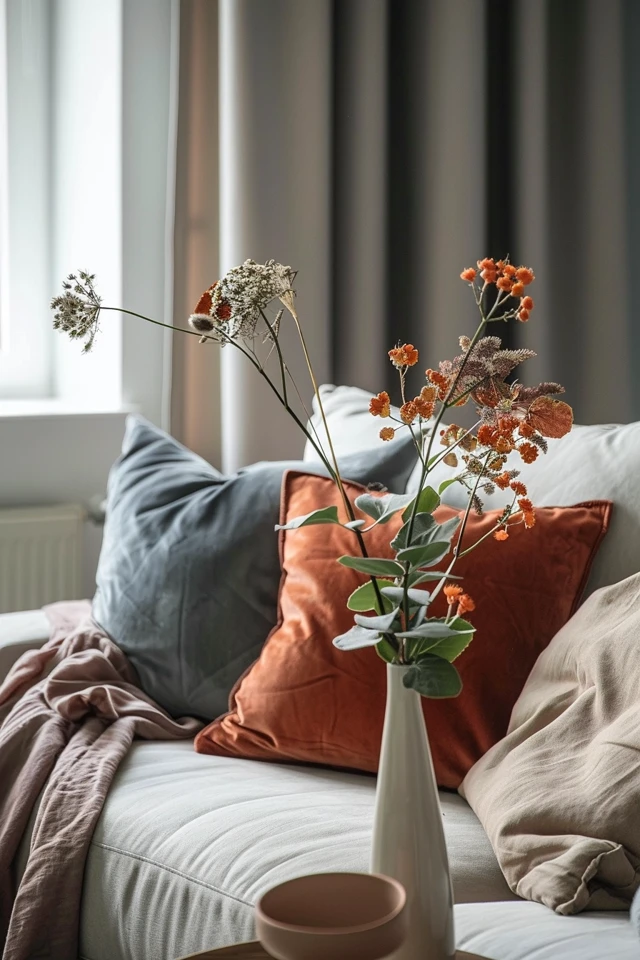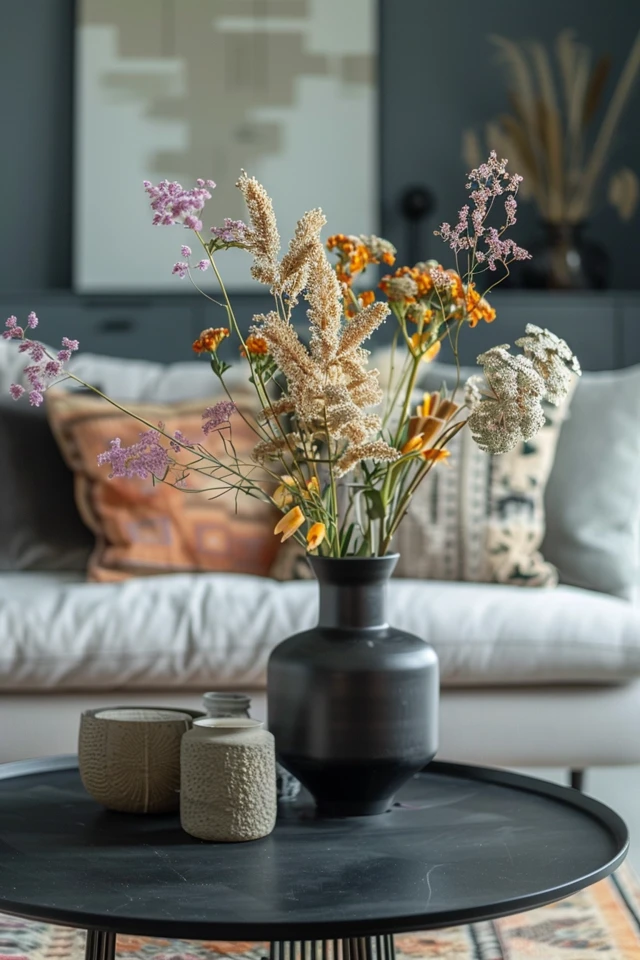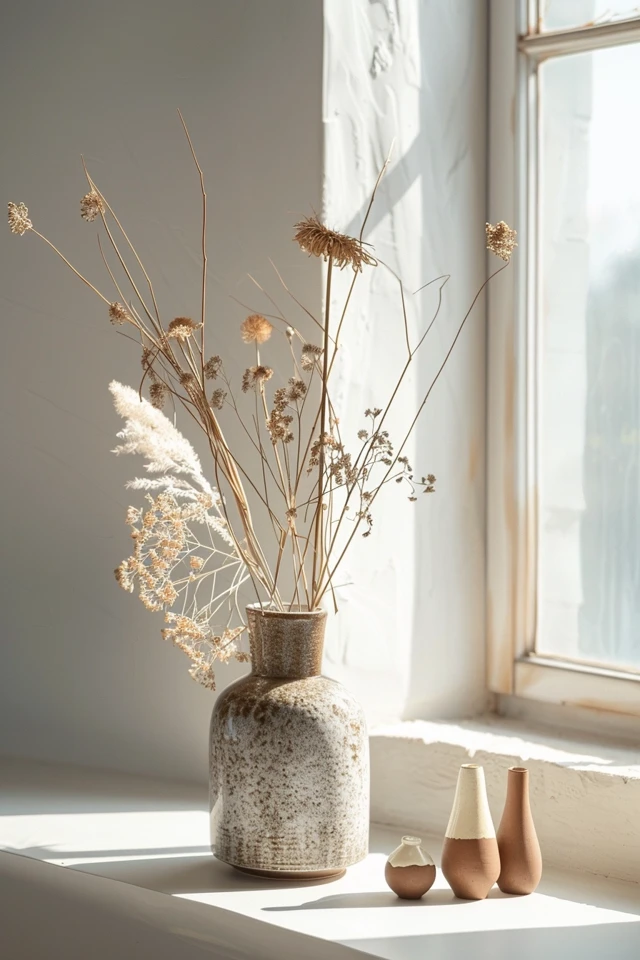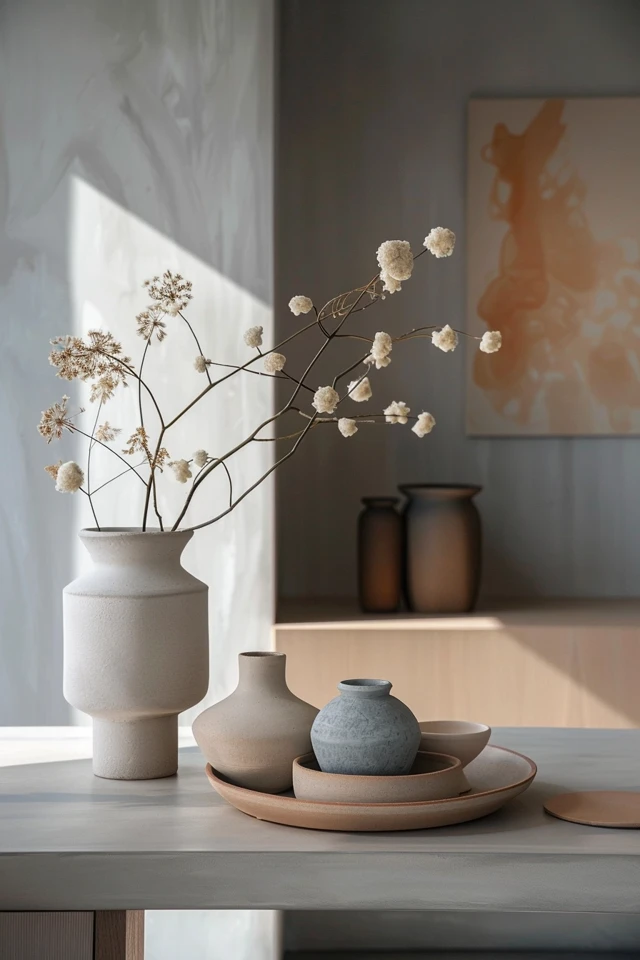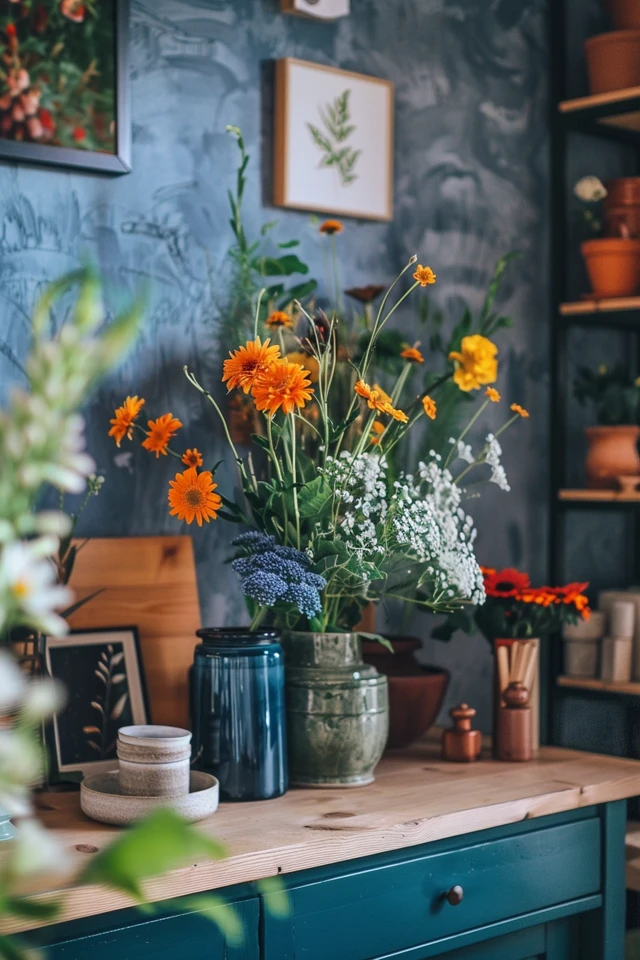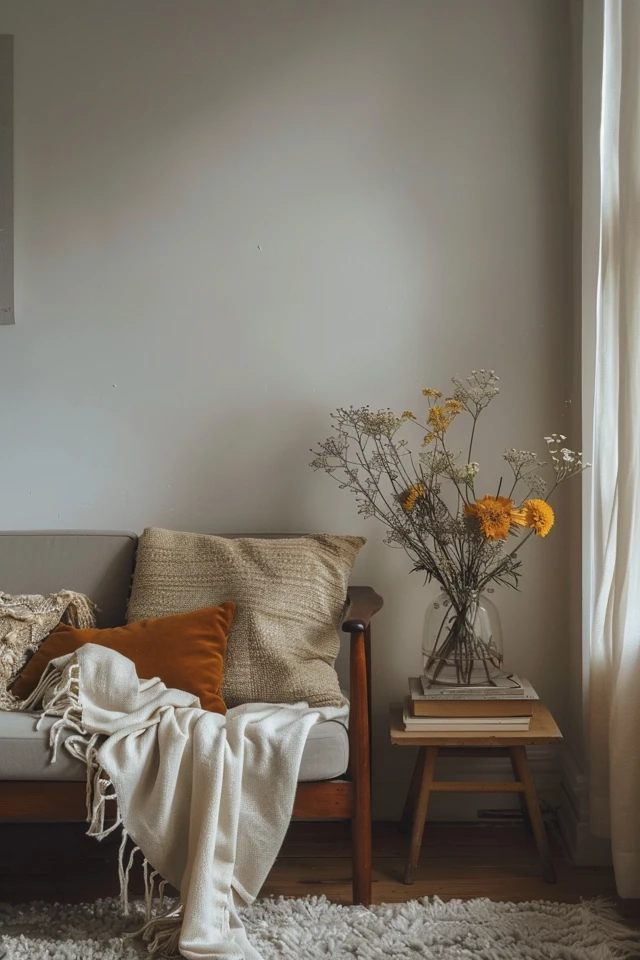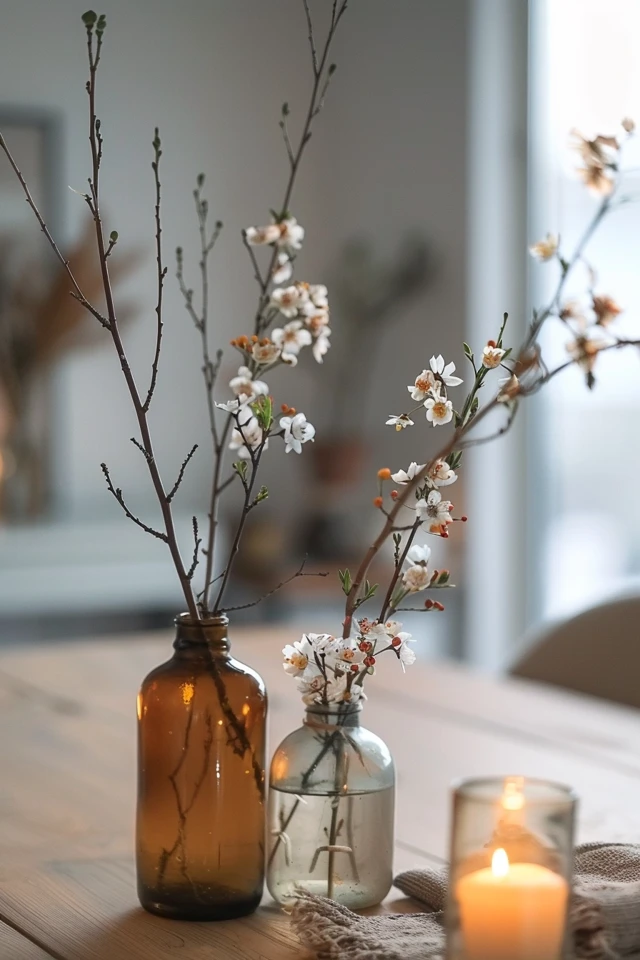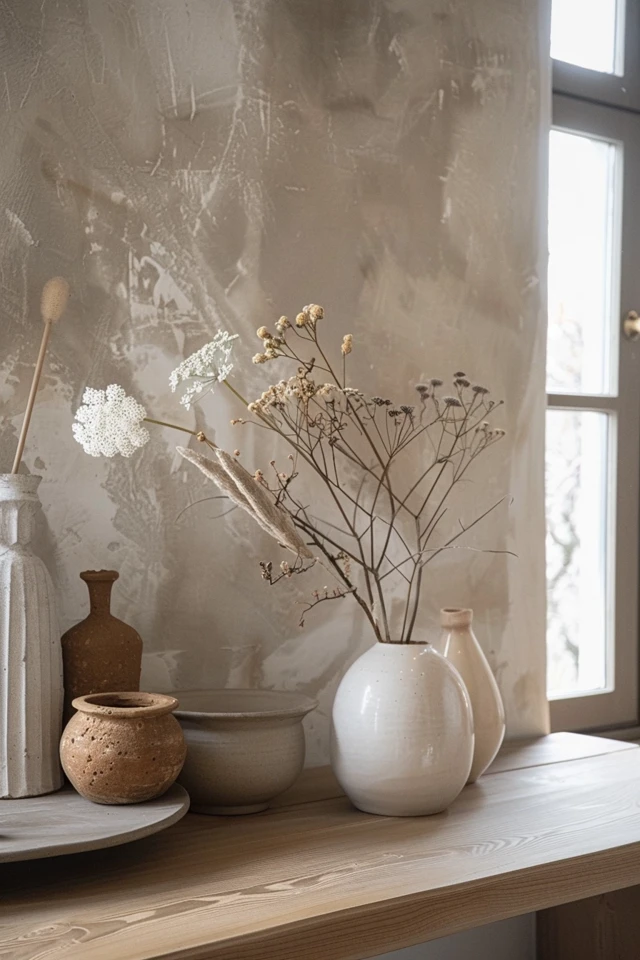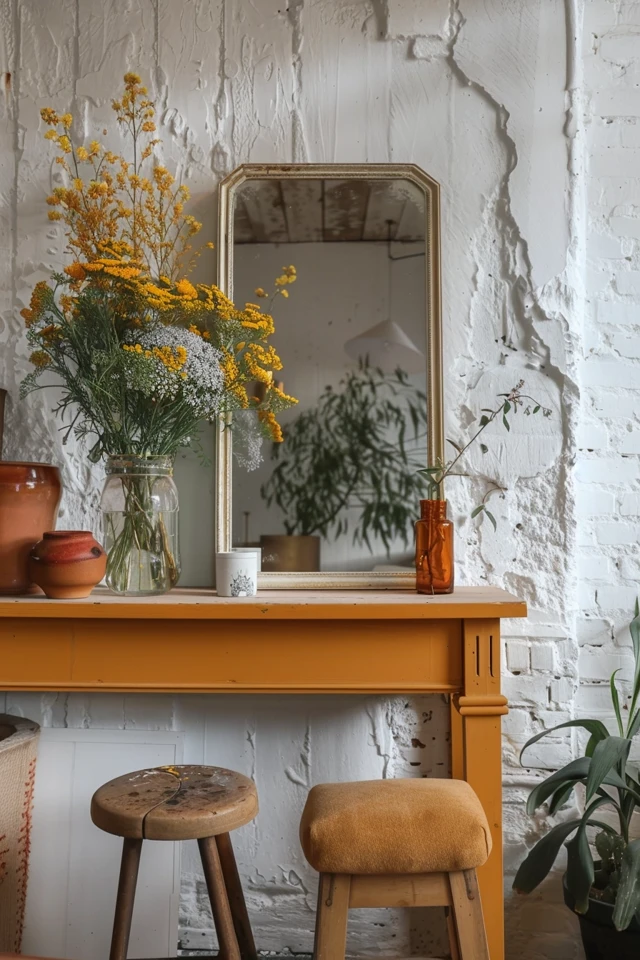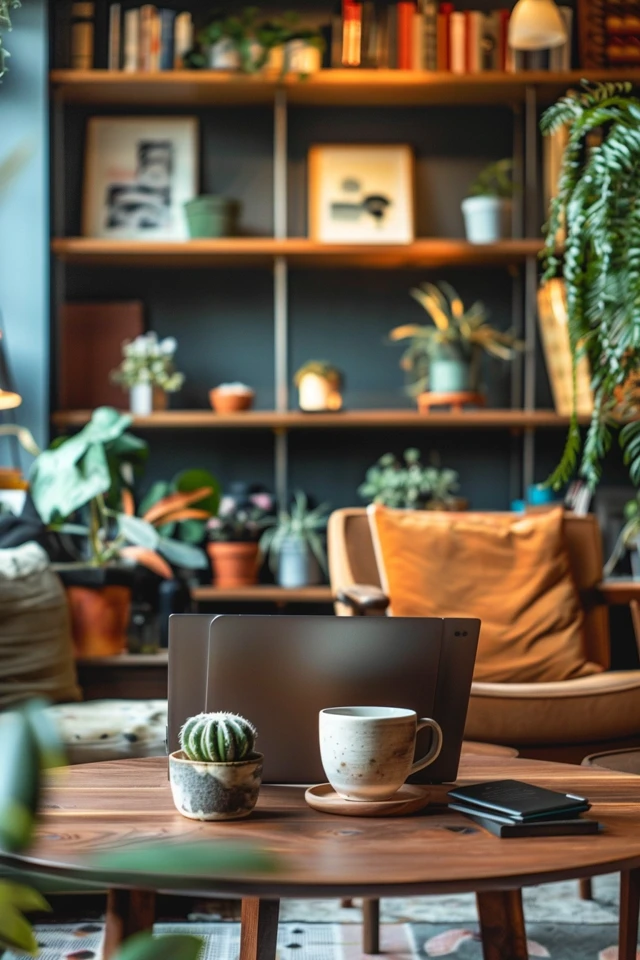Styling a small space can be a rewarding challenge that brings out your creativity and resourcefulness. Small spaces require thoughtful design to maximize functionality without compromising on style. As an architect and interior designer with a focus on evidence-based design, I understand the importance of creating practical and aesthetically pleasing environments, regardless of size. In this article, we’ll explore creative ideas for styling small spaces, ensuring they are both functional and beautiful.

Key Takeaways:
- Optimize layout and furniture placement for maximum efficiency.
- Use light colors and reflective surfaces to make the space feel larger.
- Incorporate multi-functional furniture to save space.
- Maximize vertical space for storage and decor.
- Add personal touches to make the space feel unique and inviting.
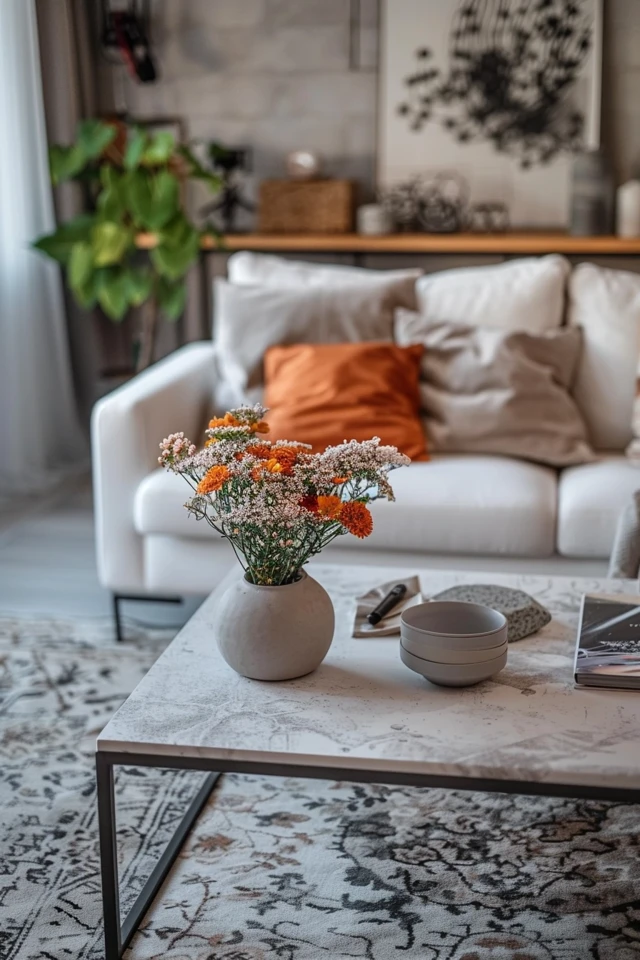
1. Optimize Layout and Furniture Placement
Efficient layout and smart furniture placement are crucial in small spaces. Plan your layout to ensure easy movement and accessibility.
Layout tips:
- Open Floor Plan: Create an open floor plan by minimizing barriers like walls or large partitions. This can make the space feel more expansive.
- Floating Furniture: Position furniture away from the walls to create a sense of depth and better flow.
- Clear Pathways: Ensure clear pathways for movement. Avoid overcrowding the space with too much furniture.
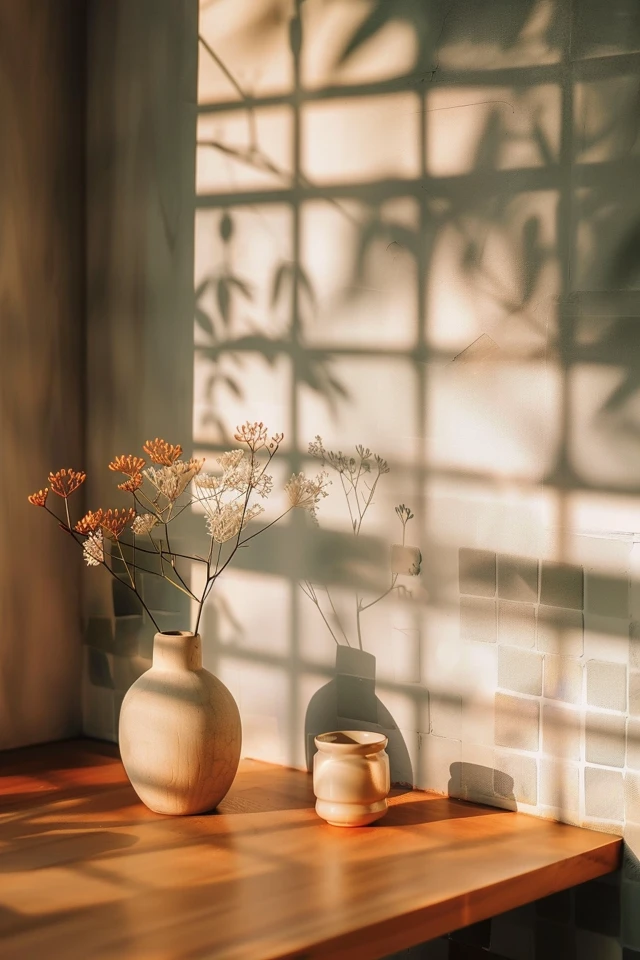
2. Use Light Colors and Reflective Surfaces
Light colors and reflective surfaces can make a small space feel larger and more open. They bounce light around the room, enhancing the sense of space.
Color and surface tips:
- Neutral Palette: Stick to a neutral color palette with shades of white, beige, and light gray. These colors can make the room feel airy and spacious.
- Accent Colors: Add pops of color through accessories and decor items to create interest without overwhelming the space.
- Mirrors: Incorporate mirrors to reflect light and create the illusion of depth. Place them opposite windows or light sources for maximum effect.
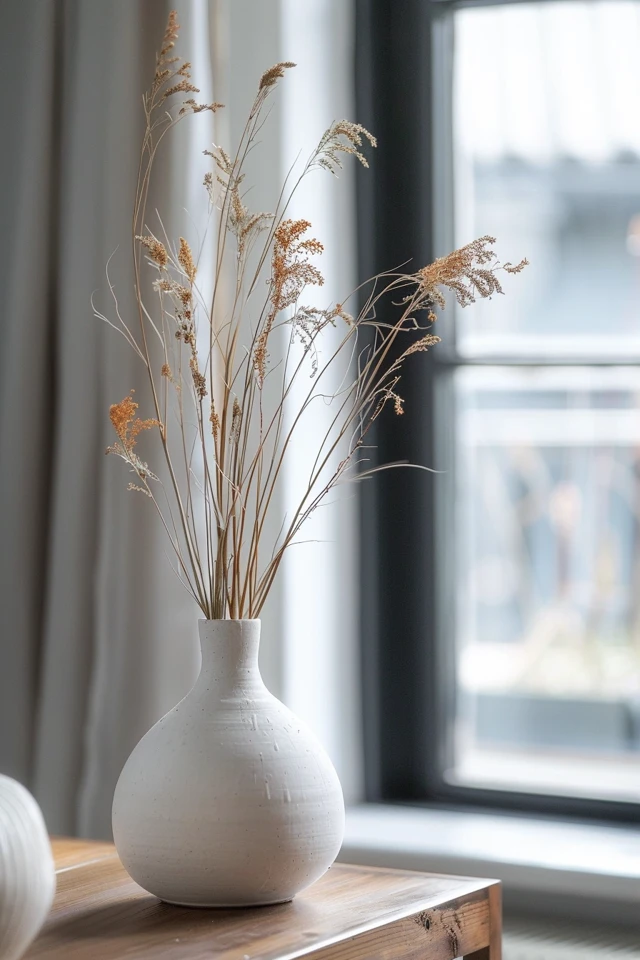
3. Incorporate Multi-Functional Furniture
Multi-functional furniture is a game-changer for small spaces. It allows you to make the most of your space without compromising on functionality.
Furniture ideas:
- Sofa Beds: Choose a sofa that can double as a bed for guests.
- Expandable Tables: Use expandable or foldable tables that can be adjusted according to your needs.
- Storage Ottomans: Incorporate ottomans with hidden storage to keep your space tidy while providing additional seating.
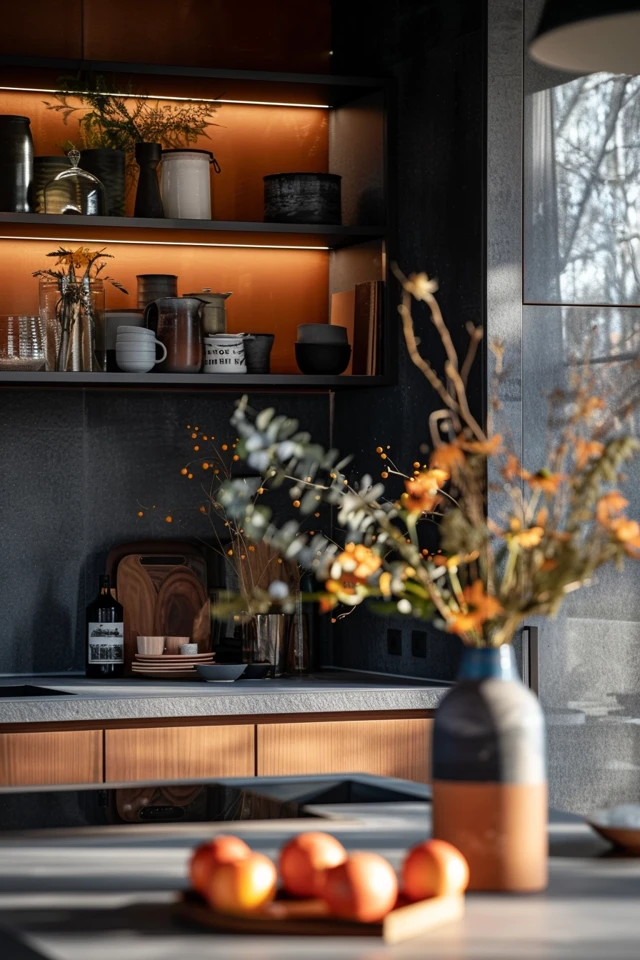
4. Maximize Vertical Space
Vertical space is often underutilized in small rooms. Using walls for storage and decor can free up floor space and add visual interest.
Vertical space tips:
- Shelving Units: Install wall-mounted shelves to store books, decor, and other essentials.
- Tall Furniture: Choose tall furniture pieces like bookcases or wardrobes that make use of vertical space.
- Hanging Storage: Use hooks and hanging organizers for items like coats, bags, and kitchen utensils.
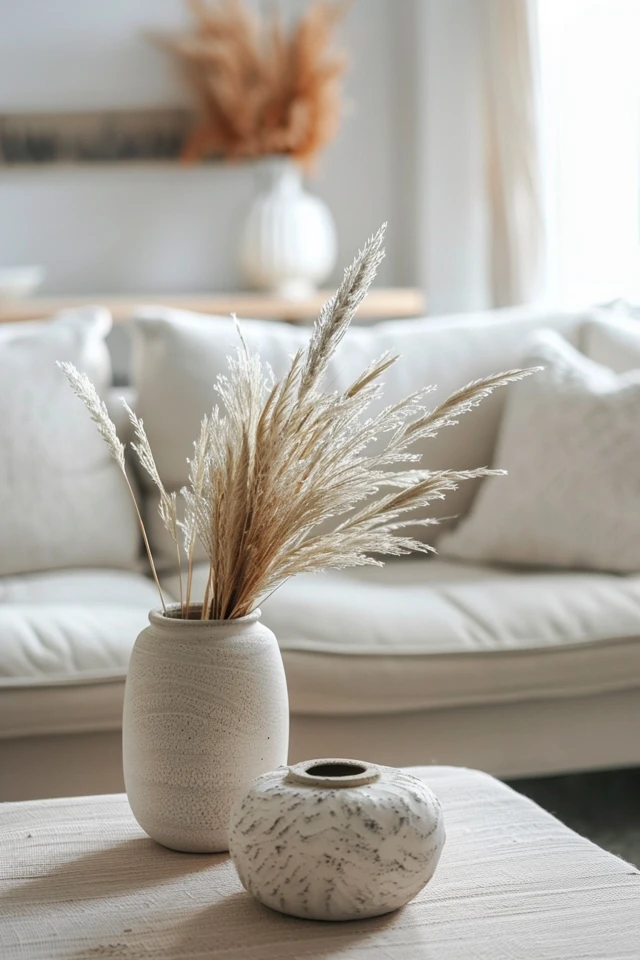
5. Add Personal Touches
Personal touches can make a small space feel cozy and inviting. Incorporate elements that reflect your personality and style.
Personalization ideas:
- Artwork and Photos: Display artwork and photographs that are meaningful to you. This can add character and warmth to your space.
- Plants: Incorporate plants to bring life and freshness into your room. Small potted plants or hanging planters work well in limited spaces.
- Unique Decor: Use unique decor items like handmade crafts, souvenirs from travels, or vintage finds to make the space feel personal and special.
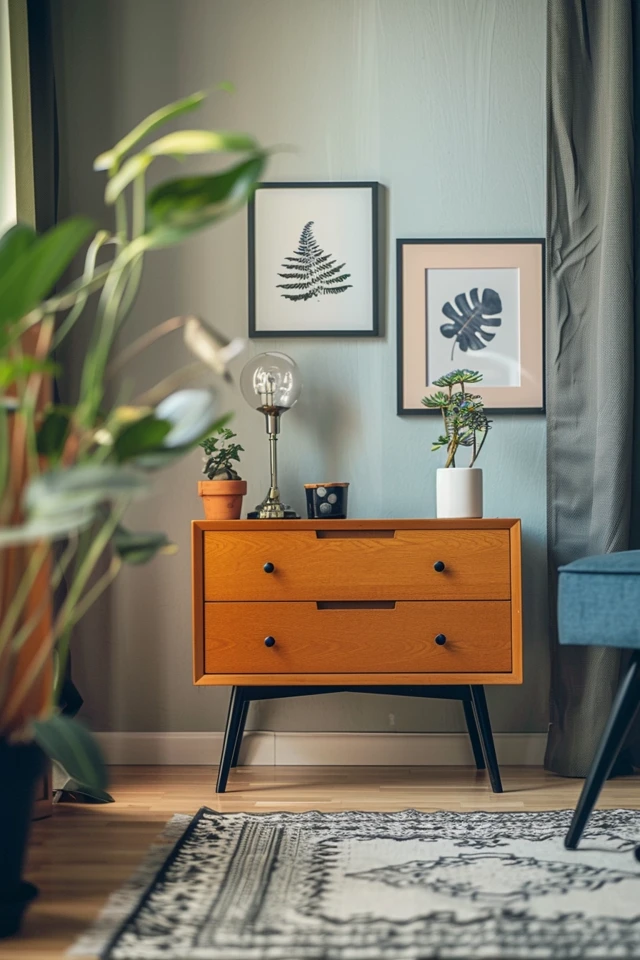
Conclusion
Styling a small space involves creativity and smart design choices. By optimizing layout and furniture placement, using light colors and reflective surfaces, incorporating multi-functional furniture, maximizing vertical space, and adding personal touches, you can create a small space that is both functional and beautiful.
As an architect and interior designer, I believe that any space, regardless of size, can be transformed into a stylish and inviting environment. Follow these creative ideas to make the most of your small space and create a home that reflects your personal style and meets your practical needs.
Inspirational Pictures

